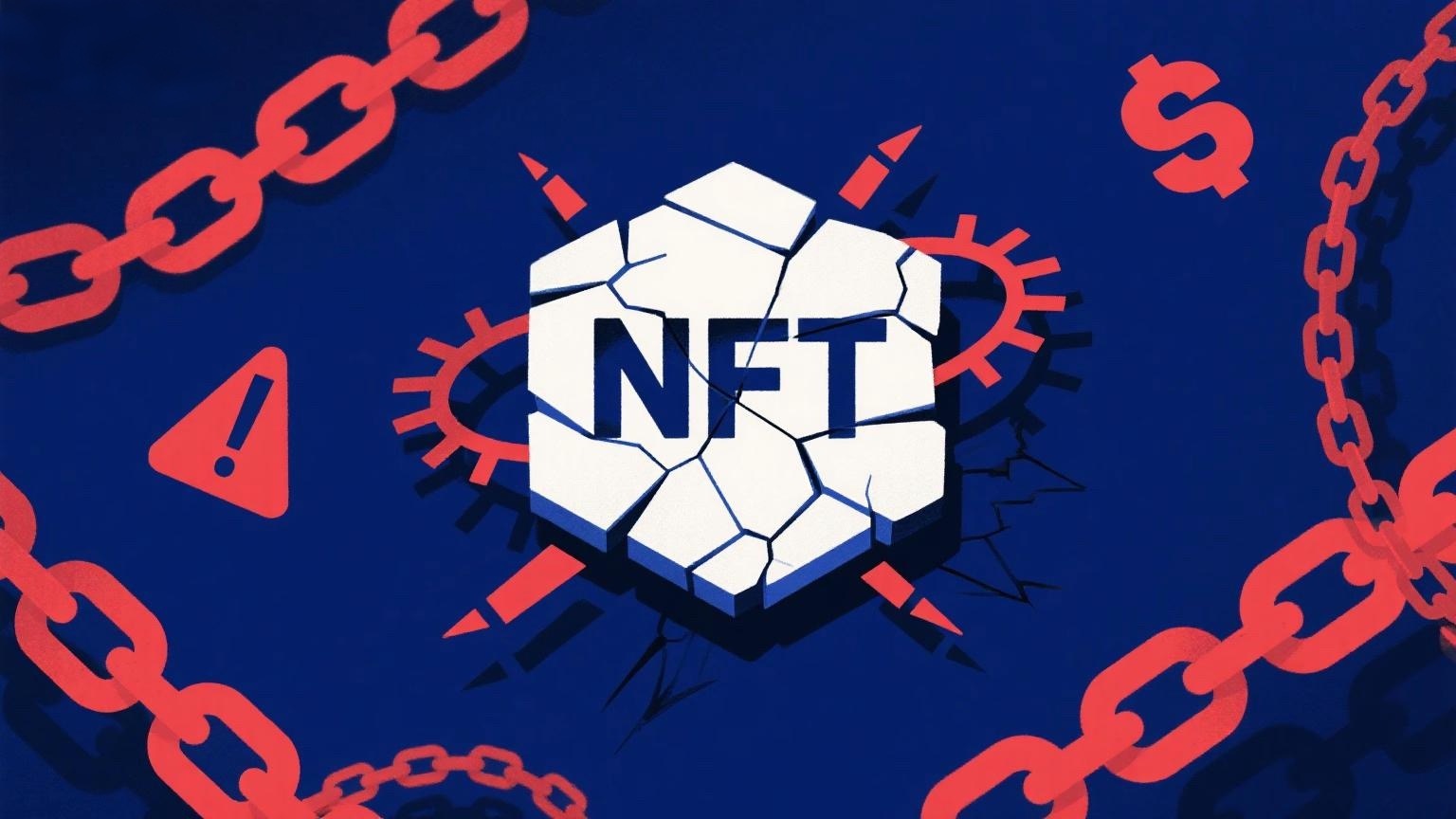
While the world of NFTs offers tremendous opportunities for creators and collectors, it is also rife with various types of scams. Below are the most common types of NFT scams:
Copied NFTs / Fake NFTs
One of the most common NFT scams involves selling copied or counterfeit NFTs. In these scams, fraudsters create and sell NFTs that are unauthorized copies of existing digital artworks. They may also create entirely fake NFTs, passing them off as valuable or rare digital assets.
These scams exploit the hype around NFTs, particularly in the digital art space, taking advantage of buyers' lack of knowledge in verifying the authenticity and originality of NFTs. The decentralized, permissionless nature of blockchain allows anyone to mint NFTs, making it challenging to identify these scams. Without proper verification, buyers struggle to distinguish between original and copied NFTs, leading to fraud and infringement of legitimate artists' rights and profits.
To avoid such scams, thoroughly research the creator's background and the NFT's provenance. Although platforms and marketplaces increasingly vet creators and artworks, buyers must still conduct due diligence before purchasing.
NFT Ponzi Schemes
NFT Ponzi schemes are another concerning trend in the digital asset space. In these schemes, early investors are promised high returns based on the investments of new participants rather than legitimate business activities or profits. Once there aren't enough new investors, the structure inevitably collapses, causing significant losses for later investors.
These schemes leverage the hype and speculative nature of the NFT market, often using aggressive marketing and false promises of guaranteed returns. They may disguise themselves as innovative NFT projects or exclusive investment opportunities in the digital art world.
To protect yourself from NFT Ponzi schemes, be wary of projects promising high returns with little to no risk, and always research the project's fundamentals and the credibility of its creators.
Rug Pull Scams
Rug Pull scams are particularly malicious in the NFT space. In these scams, developers of an NFT project hype their product to increase demand and price. However, once they accumulate substantial funds, they abandon the project and disappear with investors' money. This leaves investors with worthless NFTs and no way to recover their investments.
These scams are often associated with new projects lacking a track record or verifiable information about the team behind them. To avoid Rug Pulls, it's essential to thoroughly research NFT projects, understand their utility, and verify the transparency and track record of the developers involved. Engaging with the community and seeking independent reviews can also provide valuable insights into a project's legitimacy.
Bid Manipulation NFT Scams
Bid manipulation NFT scams are a sophisticated form of fraud that occurs during the auction process of buying and selling NFTs. In these scams, fraudsters manipulate the bidding process to artificially inflate the price of an NFT. This is often done by placing high bids on the NFT using fake accounts, creating a false sense of demand and value.
Unsuspecting buyers, believing the NFT is more valuable than it actually is, are then tricked into placing higher bids. Once the NFT is sold at an inflated price, the scammers withdraw, leaving the buyer with an asset worth far less than what they paid.
To avoid falling victim to bid manipulation scams, it's crucial to research an NFT's bidding history and be cautious of auctions where prices seem to rise unusually quickly. If possible, verifying the credibility of other bidders and understanding the typical market value of similar NFTs is also advisable.
NFT Pump and Dump
NFT pump and dump schemes are essentially the same as those in the stock market. In these scams, a group or entity artificially inflates the value of an NFT or a series of NFTs through hype and misinformation. Scammers often use social media to rapidly spread rumors or exaggerated claims about the NFT's potential value. After driving up the price and attracting other investors, they sell (or dump) their NFTs at the high price. This causes the value to plummet, leaving new investors with devalued assets.
To prevent falling for pump and dump schemes, investors should be skeptical of NFTs that suddenly receive heavy hype without clear justification or supporting developments. Independent research is critical, and one should not rely solely on promotional materials or social media buzz to assess an NFT's potential value.
















